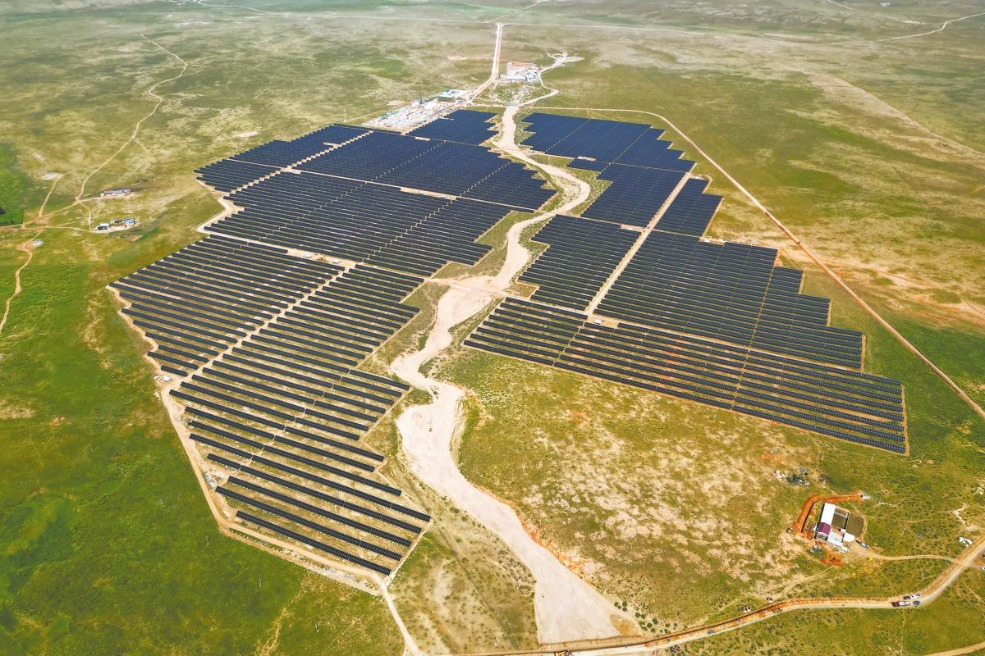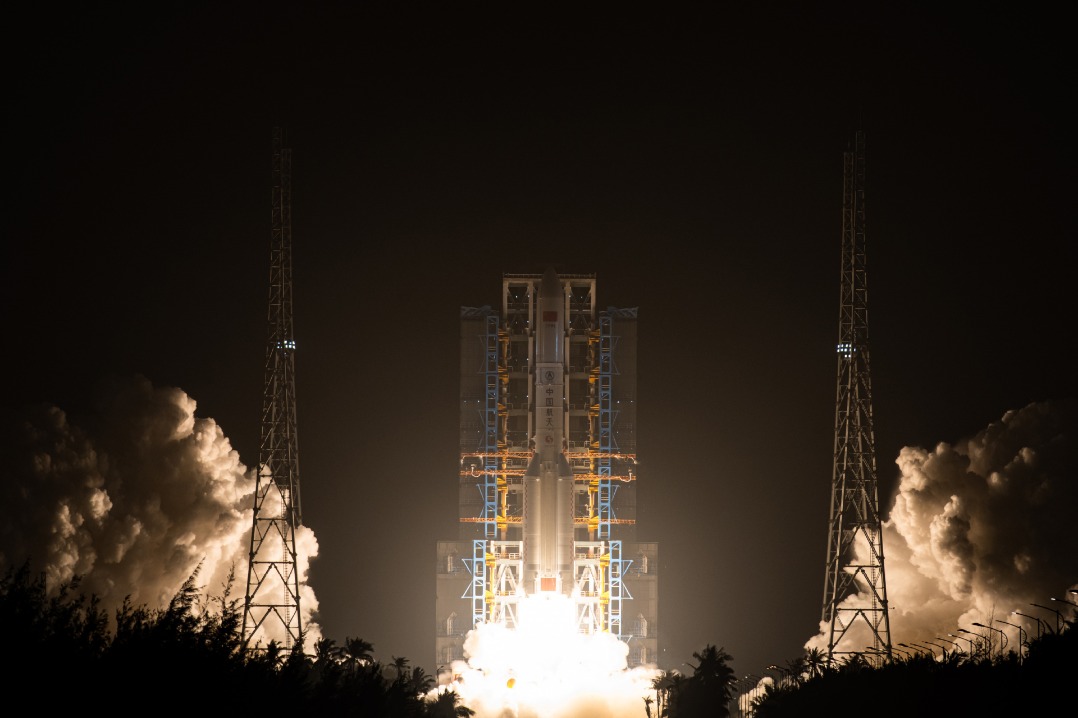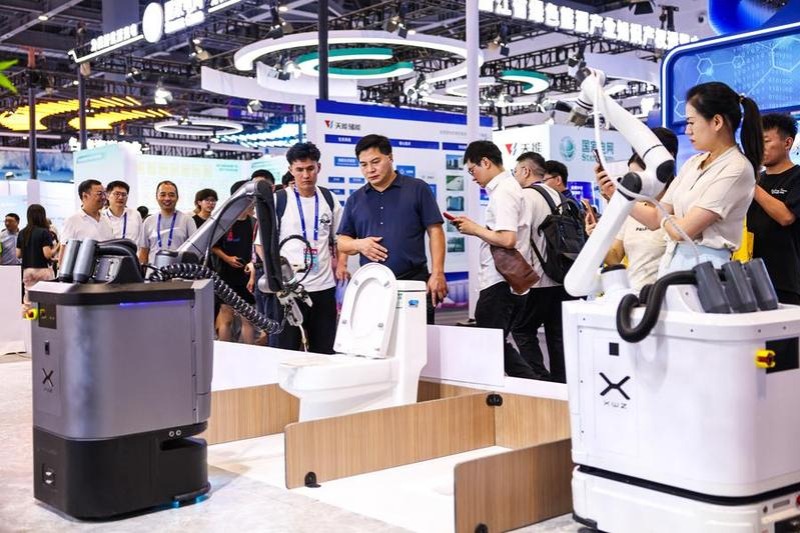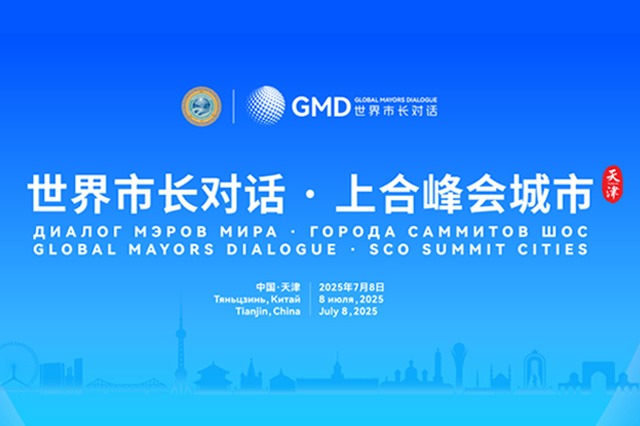Interconnected Asia-Pacific key to continued dynamism
By Zhou Mi | China Daily Global | Updated: 2023-11-17 09:14

Despite the headwinds faced by the global economy, the Asia-Pacific economy remains robust. According to the latest World Economic Outlook by the International Monetary Fund, the region is expected to grow by 4.6 percent this year, up 0.7 percentage point from last year.
Economic vitality opens up more possibilities for collaboration across various fields, which, in turn, will drive economic and social development. With growing supply chain advantages, such as in the field of new energy, the Asia-Pacific region has shown leadership in global efforts to tackle climate change.
Global attention on the Asia-Pacific Economic Cooperation Economic Leaders' Meeting is closely linked to the daunting challenges faced by various economies. These include global risks such as geopolitical conflicts and climate change, as well as the structural impact on international economic and trade relations as a result of the development of artificial intelligence and the digital economy.
The APEC meeting is focused on three overarching policy priorities: to ensure an "interconnected, innovative and inclusive" Asia-Pacific region. This agenda has set out expectations for cooperative actions to support sustainable economic development.
Greater interconnectedness is the first priority. Due to the lingering impact of the 2008 global financial crisis triggered by the United States' subprime meltdown, compounded by a series of shocks such as the COVID-19 pandemic and the Russia-Ukraine conflict, many countries have adopted protective policies that have severely disrupted global supply chains and led to inflation soaring to historic highs.
To address these issues, these countries have implemented trade remedies targeting imported goods and set higher investment thresholds, trying to justify their protectionism under the guise of "de-risking". Their actions have only hindered and increased the costs for a proper and steady global recovery.
Most APEC economies have the tradition, conditions and willingness for open cooperation. Infrastructure connectivity should be strengthened to leverage the resource endowments of all parties, and a new generation of the internet should be built to minimize the digital divide and reduce development constraints due to asymmetric information.
Many Asia-Pacific economies are promoting new energy transportation. To meet high market expectations, it is necessary to expand and improve supply chain resilience, as well as to promote more standardized development of new energy generation, storage, conversion and battery recycling.
The two other APEC priorities, ensuring that the region is innovative and inclusive, can be examined together. Compared with before 2008, today's global economy is more diverse, with differentiated demands and cooperation capabilities. While innovation is crucial for tackling challenges, innovation without market and social support may cause negative consequences and, in extreme cases, make it even harder to solve the problems.
In particular, unilateral actions without necessary communication are likely to generate widespread negative effects. Costs of the solution may be higher than benefits, or the interests of one party are protected at the expense of others.
Innovation requires a conducive environment and stability. During the process of economic globalization, developing economies have sacrificed their resources and environment, but their development concerns have not received substantive attention. In fact, the markets in developing economies promise great potential and opportunities for large multinational corporations as well as smaller companies to tap into their respective strengths.
Properly responding to the demands from emerging markets will introduce stronger stabilizers to the volatile international environment. The robust economic and trade cooperation among Belt and Road partner countries over the past decade is a good example of inclusive and innovative cooperation.
Although China and the United States have different development models, as the most important economies in the Asia-Pacific region, they have strong economic complementarity and large market capacity, and have close connections with various parties in the region. Over the years, the open cooperation promoted by the two countries has been widely accepted by APEC members.
The digital economy creates development space for small and medium-sized enterprises, and the exchanges between think tanks and the contributions of entrepreneurs from both countries have continuously injected new vitality and momentum into the open cooperation in the Asia-Pacific region. The vision provided by initiatives such as the Free Trade Area of the Asia-Pacific offers a blueprint and direction for future cooperation among all parties.
It can be said that without the joint participation of China and the US, cooperation in the Asia-Pacific region would be incomplete and difficult to effectively promote. If the two countries can strengthen their mutual connectivity at a broader level, such as by jointly promoting inclusive innovation, it will significantly improve the process of global recovery and development, and bring more hope for a sustainable post-pandemic recovery.
The clock is ticking for the world to deliver on its commitments to address climate change and global development goals. It requires consensus and concerted actions from relevant countries in order for the Asia-Pacific region to continue to lead global development and inject stronger confidence into the market.
The development model for countries should not be a binary choice. It is imperative to embrace the diversity of the world, to recognize the uniqueness of each country's economy and society, and to avoid forcing others to change based on one's preconceived beliefs. Only in this way can we provide more practical and effective solutions for an open and prosperous Asia-Pacific region.
The author is a senior researcher at the Chinese Academy of International Trade and Economic Cooperation and director of the Pacific Research Center at the CAITEC.
























